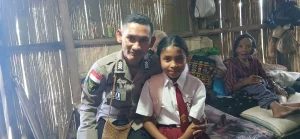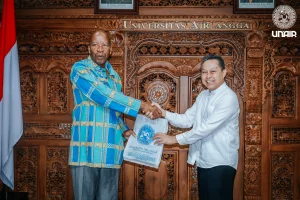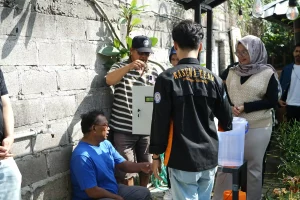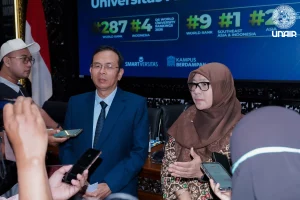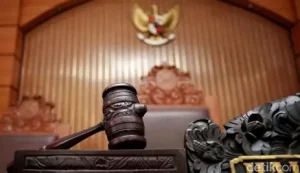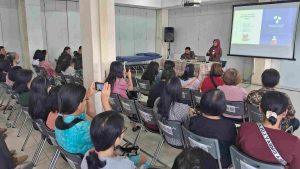UNAIR NEWS – International Diabetes Federation (IDF) released that 90% of people worldwide have type II diabetes mellitus (DM). In Indonesia, based on the results of Health Research Ministry of Health, 6.9% of 176,689,336 people aged 15 years and above or about 12,191,564 people suffering from DM type II.
Type II DM patients are generally not aware that they suffered from the disease. They only realize when there is a discomfort or a real sign such as blackened lesions and ulcers. The injury in type II DM patients occurs because there are certain areas in the body of patients experiencing oxygen deficiency due to improper blood circulation.
Reduced levels of oxidative stress on the tissue become the main principle in its healing. The sources of oxidative stress that result from increased free radical production due to glucose autooxydation decrease concentrations of low molecular weight antioxidants in the tissues, and impair enzymatic antioxidant defense activity.
Based on the problem, PKM-PE team of Universitas Airlangga from Faculty of Fishery and Marine (FPK) succeeded to make an ointment that can be used to accelerate wound healing due to DM type II. The PKM-PE team consists of Aida Nuraini, Siti Nur Rohmah and Rizky Yanuar Rahmadan.
Under the guidance of Dr. Laksmi Sulmartiwi, S.Pi., MP., their research proposal was entitled “The Combination of Albumin of Striped snakehead fish ( Channa striata ) with Astaxantin Antioxidant Action in Commercial Ointment as an Effort to Accelerate Wound Healing of Type II Diabetes Mellitus” passed Kemenristekdikti assessment, so it is entitled to a research grant in the 2018 PKM Program.
“We have an alternative solution to solve this problem, that is by making an ointment formulated with striped snakehead fish’s albumin and astaxantin as a treatment step of type II diabetes mellitus wound ,” said Aida Nuraini, head of PKM-PE team.
The students who are currently taking the fourth semester said the handling of type II diabetes wound, so far still a preventive effort. There is still no specific treatment addressing the source of the problem, ie cell damage and oxidative stress. Proper handling to the cause of the disease certainly accelerates the process of healing and recovery of wounds.
Aida further stated that striped snakehead fish ( Channa striata ) is a fish that has the potential to be used in the accelerating process of healing and recovery of wounds caused by type II DM. This is because it contains globular protein called albumin which is useful for wound healing.
“Albumin has a uniqueness, which is able to stimulate cell proliferation so that cells that have died can be replaced or regenerated by new cells. In addition it is also used astaxantin very potential to ward off the effects of oxidative stress in diabetic wounds, “added Aida.
It was also explained that Astaxantin works by reducing the production of reactive oxygen species (ROS) in the wound, thus minimizing the occurrence of oxidative stress that inhibits healing.
In order to see the potential of the formulation, Aida and friends conducted a series of tests. One of them is in vivo test to measure wound healing rate of diabetes through measurement of epithelial index on tissue in the wound.
“We hope this research can be an innovative treatment of diabetes mellitus type II wounds that can be utilized in the future,” said Aida Nuraini. (*)
Editor: Bambang Bes


